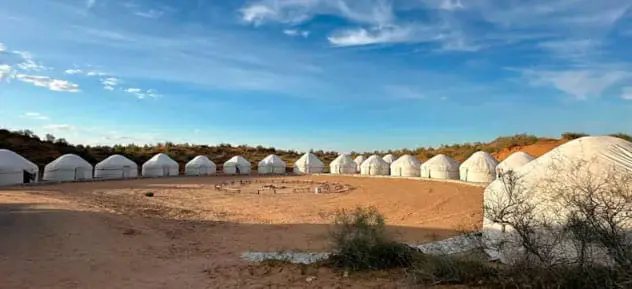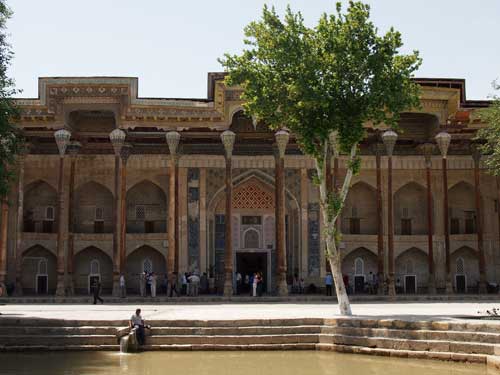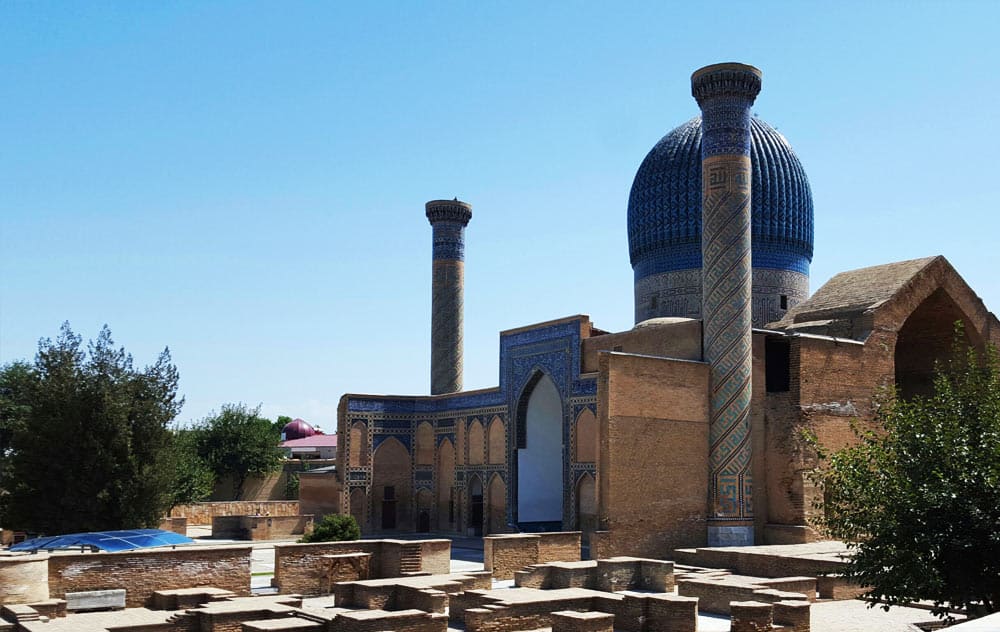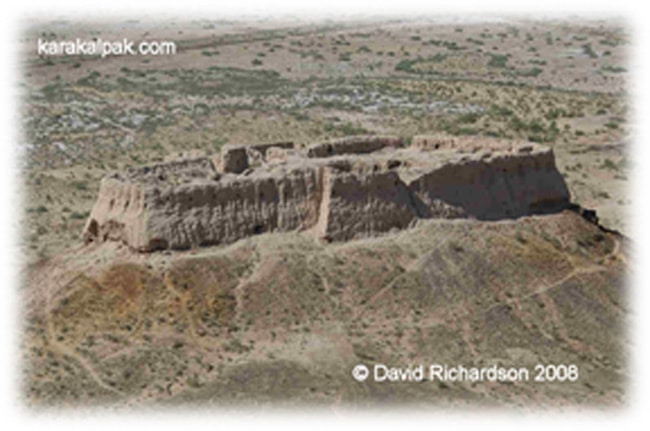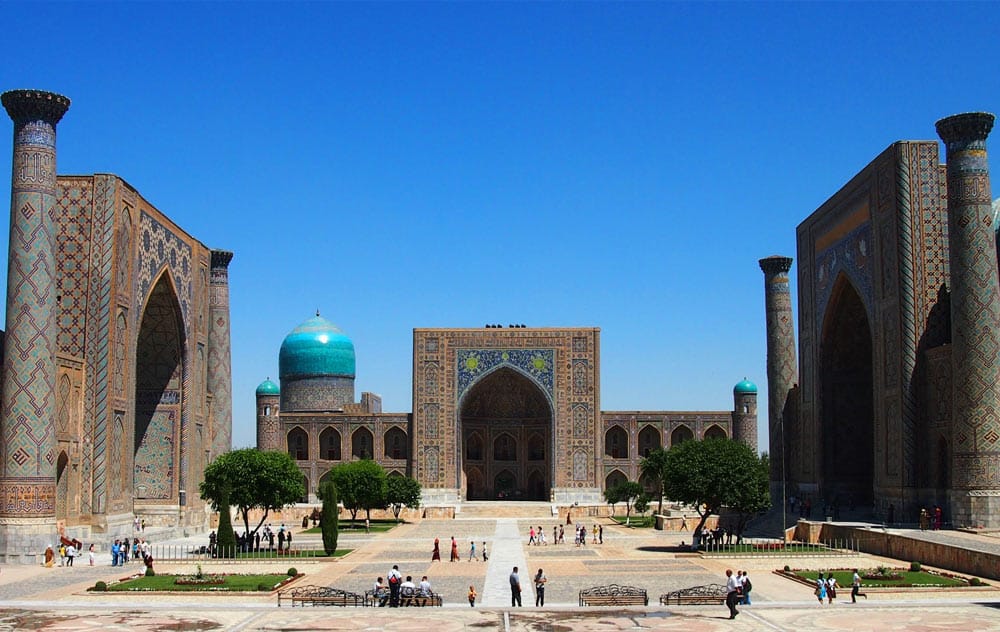Table Of Contents
Winter in Uzbekistan: A Short Season with Occasional Siberian Blasts
Average Winter Temperatures by Region
The winter in Uzbekistan typically begins in December and lasts through February, although it can sometimes be as short as a few weeks. The average temperature varies across the country. In Tashkent, January temperatures average around –1°C, while in southern regions like Termez, they stay closer to +2.8°C. Northern and desert areas, such as the Ustyurt Plateau, can drop to –10°C or lower. Despite the continental climate, winters are generally mild in most populated areas.
Arctic and Siberian Air Invasions
Uzbekistan’s winter can quickly shift from mild to severe due to the arrival of cold air masses from the Arctic and Siberia. These air invasions typically enter from the northeast and can plunge temperatures well below freezing within hours. The coldest outbreaks are usually associated with the Siberian anticyclone, a powerful high-pressure system that brings clear skies and intense cold. Such episodes can lower temperatures to –20°C in the south and as low as –30°C in the north and western deserts.
Snowfall Distribution
Snowfall in Uzbekistan varies widely by region and elevation. Most of the lowland areas receive light and infrequent snow, often with a weak and short-lived snow cover. In the southern parts, snow rarely stays on the ground. However, in the mountainous and foothill regions, snowfall is much more significant. The snow cover in the eastern mountains can exceed 1 meter in depth and remain for several months. These areas also experience more frequent winter storms and overcast days compared to the dry plains.
Coldest Periods and Their Effects
The coldest part of winter generally falls between December 26 and February 5, known locally as the “winter chilla,” a 40-day period of peak cold. During this time, freezing temperatures can damage fruit orchards and vineyards, especially in valleys and open agricultural areas. Harsh winters in certain years have caused significant losses in the farming sector, particularly when prolonged frosts follow early warming periods that awaken vegetation prematurely.
Mountain Winter Characteristics
In contrast to the short and often dry winters on the plains, Uzbekistan’s mountain regions experience long, snowy, and cold winters. Temperatures remain below freezing for much of the season, and snow accumulation is heavy and persistent. High-altitude areas remain snow-covered for 3–4 months, making them ideal for winter tourism and skiing. Snowmelt from these mountains also plays a vital role in feeding the rivers and irrigation systems that sustain agriculture during the hotter months.
Despite being short in duration, winter in Uzbekistan is full of variability. From mild days in the southern valleys to bone-chilling temperatures in the north and dramatic snowfalls in the mountains, each region tells a different story of the season.


